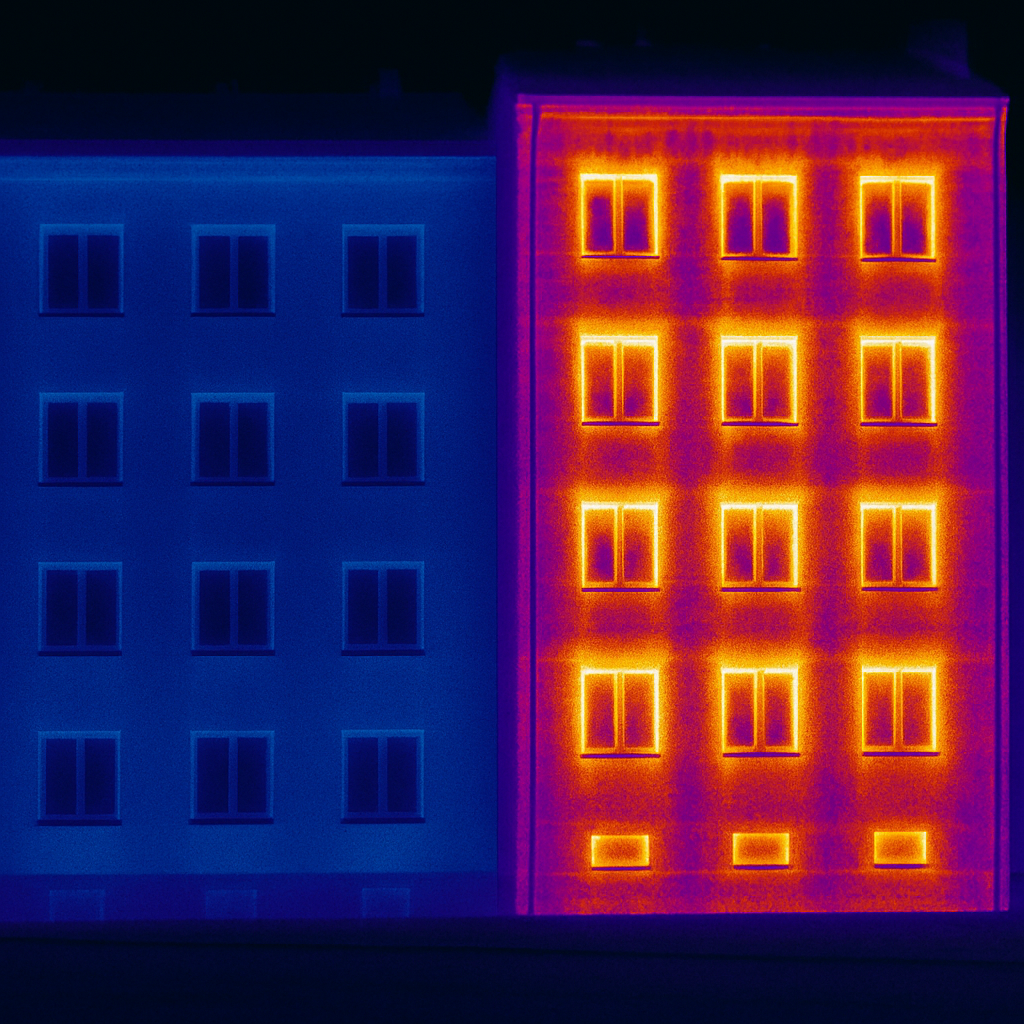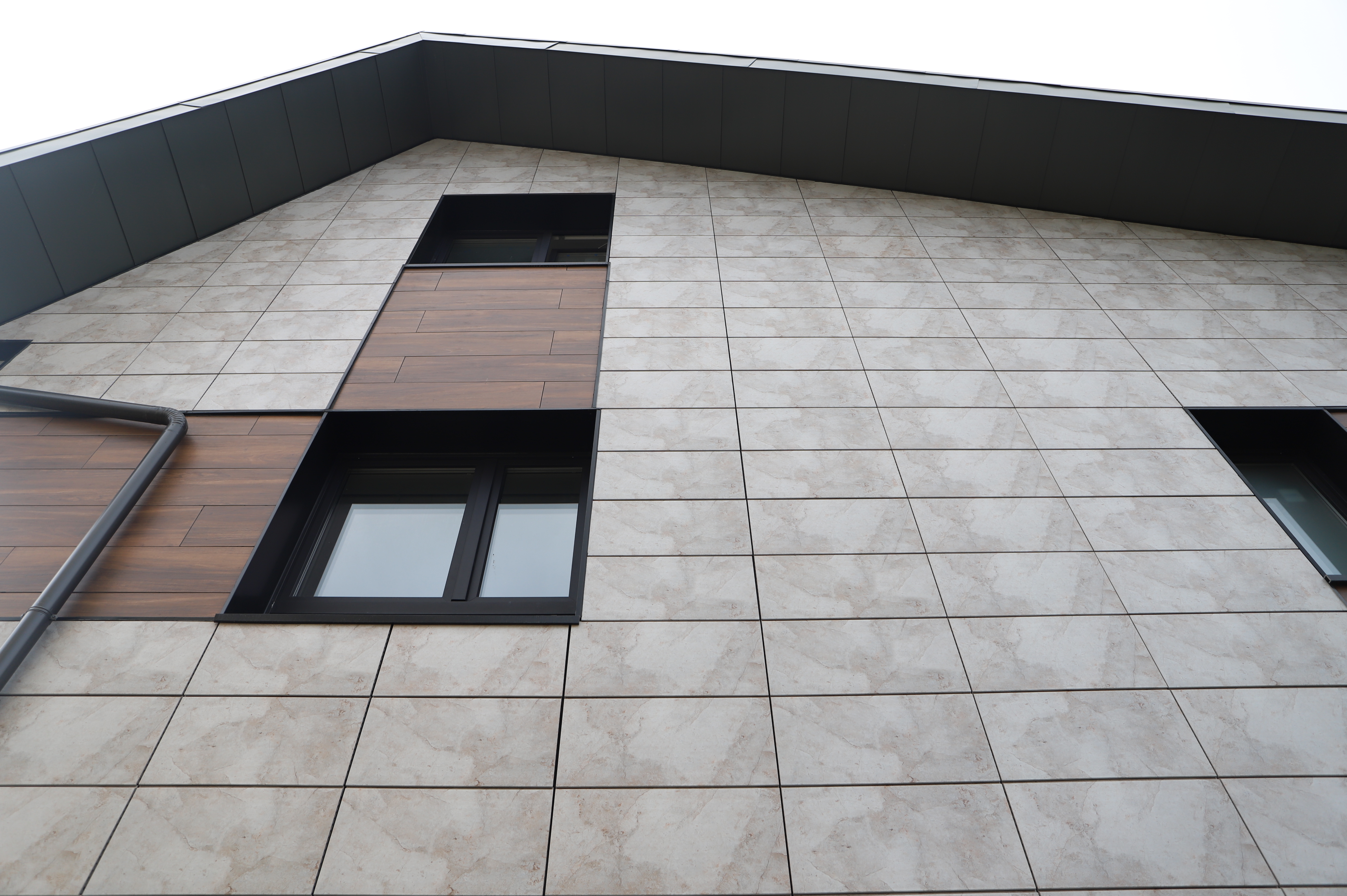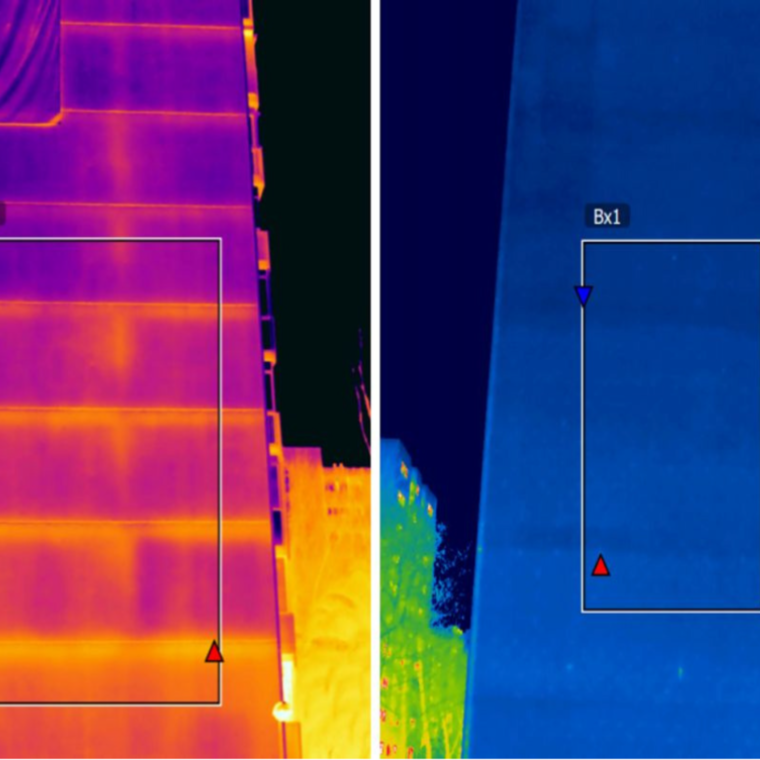
What deficiencies can a poorly insulated façade have?
MOST COMMON BUILDING DEFICIENCIES
Problems that may arise in a poorly insulated façade always end up having consequences on the rest of the building in one way or another. An affected façade may not only have an aesthetic impact on the property, but also decreases the value and can cause problems for those who live in it. Among the most frequent deficiencies we find:
- Condensation
- Cold wall effect
- External and internal dampness
- Loss of interior temperature
- Structural defects caused by damp
- Reduced comfort
Faveker works to achieve the best solution and avoid these types of problems. At the same time, new techniques are being developed to achieve sustainable, efficient and comfortable buildings. A façade with these features will allow a better insulation and a reduction in consumption of the primary energy demand of the building. It has been proved that insulating the house reduces the electricity bill between 40% and 60%.
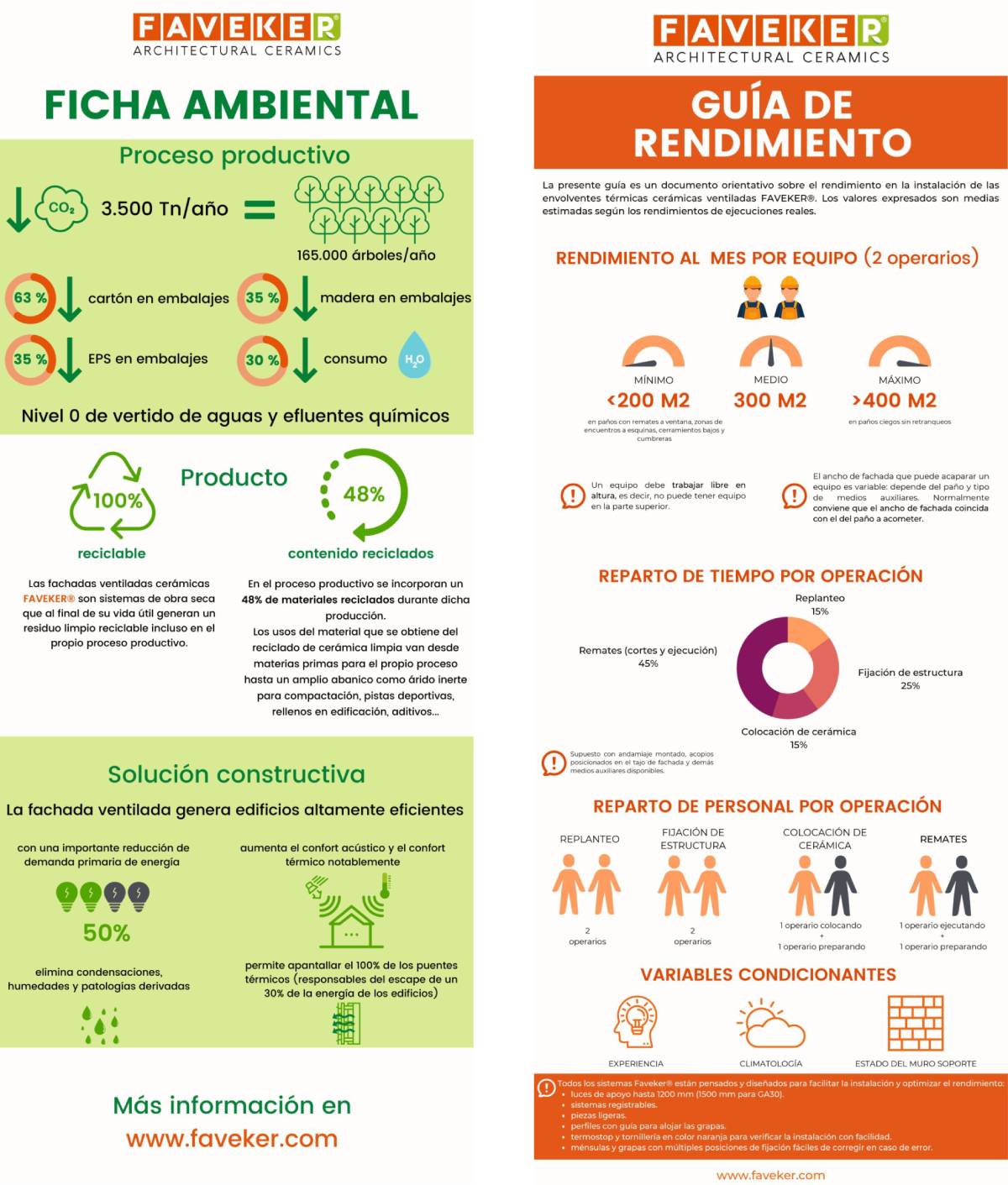
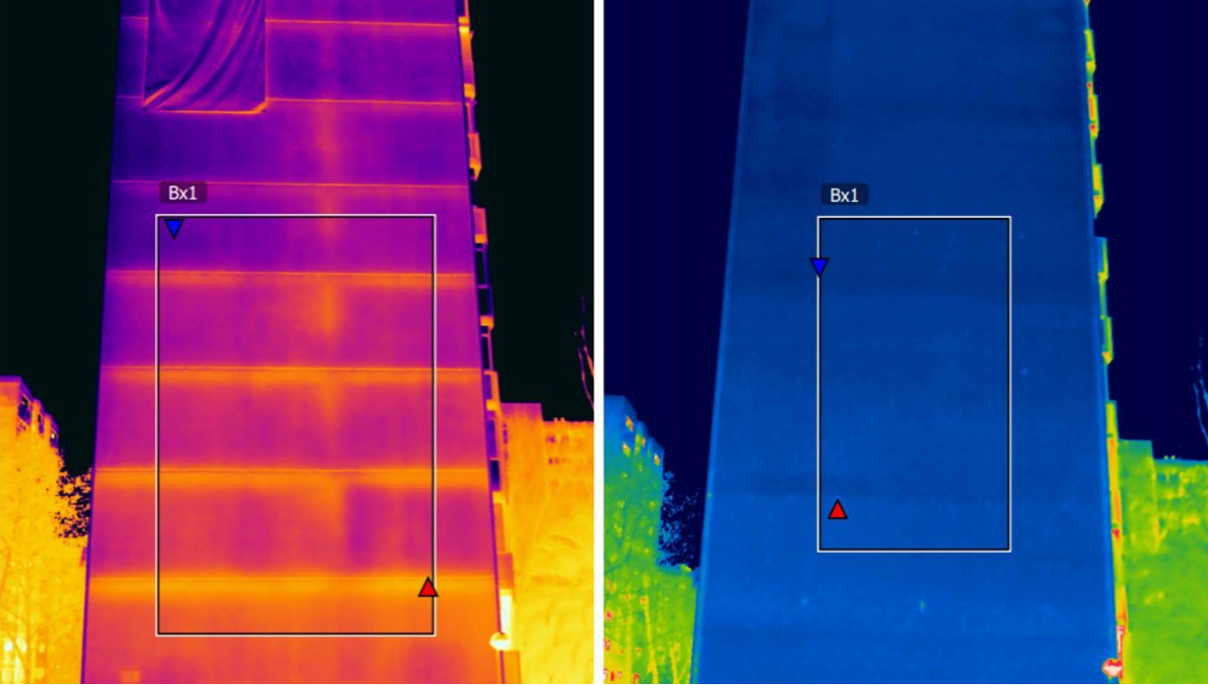
HOW TO CHECK THE THERMAL INSULATION OF MY BUILDING?
The best option for checking the insulation of my home is through thermography. This technique, which allows temperatures to be remotely determined and without the need for physical contact with the building, will make a diagnosis of the façade and allow us to see the efficiency of each zone, thus making an overall assessment of it.
There are other checking techniques, but they are less efficient, as they would also involve carrying out work on the façade which is more cumbersome. Another way of knowing the condition of our façade is to take into account the problems mentioned above, since, if any of them appear, it will let us know that our façade has deficiencies. Mould, condensation, temperature differences in the house… are clear symptoms that your façade is not well insulated.
FREQUENT PATHOLOGIES IN CONFINED AND VENTILATED FAÇADES
A confined façade is based on first building the load-bearing structure in brick blocks and then the reinforced concrete reinforcement elements (columns, tie beams, seismic bands, etc.). On the other hand, the ventilated façade refers to a constructive solution that allows the exterior of a building to be clad, whose main function is the physical separation between the interior and exterior of the building.
With regard to the pathologies of each type of façade we find:
Confined façade:
- Damage caused by condensation.
- Deterioration of the insulating material because of he continuous presence of damp.
- Poor mechanical resistance to impacts and difficult repair.
- Problems arising from the use of non-approved systems that can compromise the quality of execution.
- If all the elements of the system are not respected (anti-rodent mesh, gutters without a drip edge, poorly executed ridge tiles, etc.), this can cause aesthetic defects.
In order to avoid these kind of problems, Faveker’s ventilated façades guarantee both thermal and acoustic insulation. In addition, thanks to the advanced technology for decorating in the ceramic sector, with digital printing applications, we can achieve an infinite number of finishing of the highest quality and durability. Thus, the consumer will be able to obtain great aesthetic results, guaranteeing an efficient façade.
We hope you have found this article useful. If you have any questions or doubts about the effectiveness of your façade or you need to know more information about this subject, do not hesitate to contact our technical team, we will be happy to help you.

